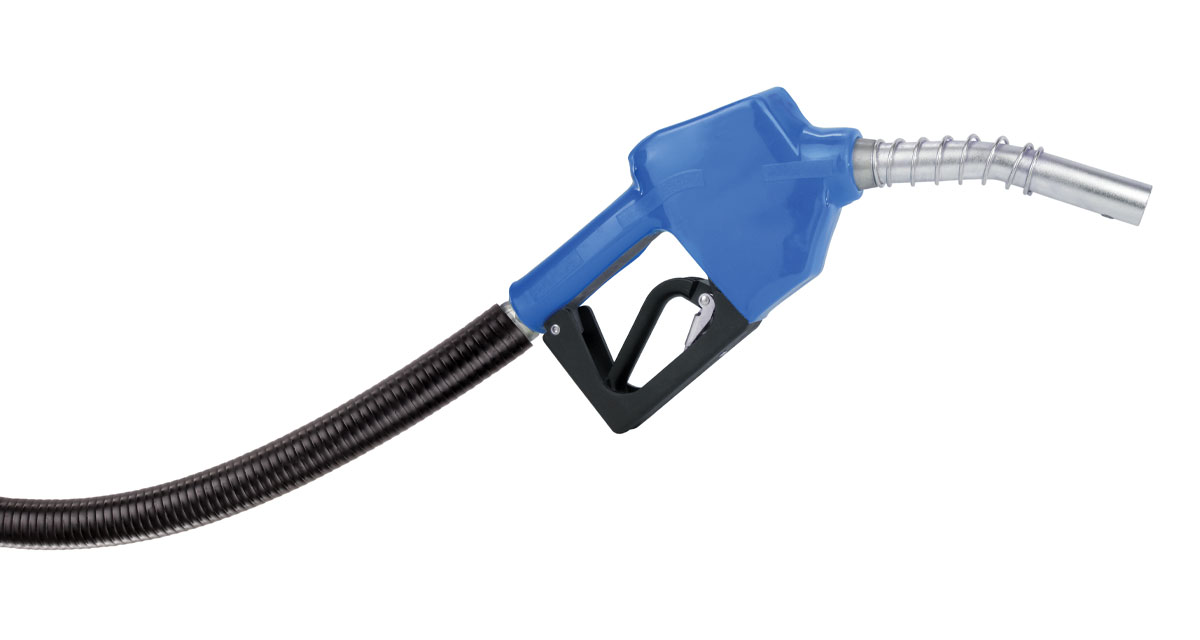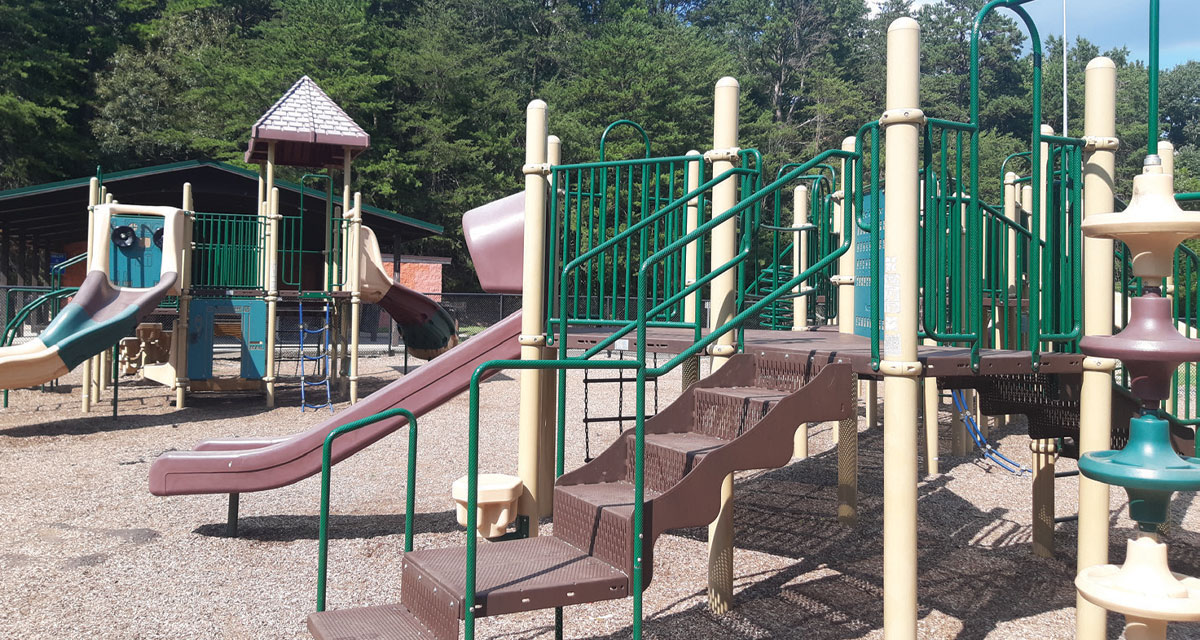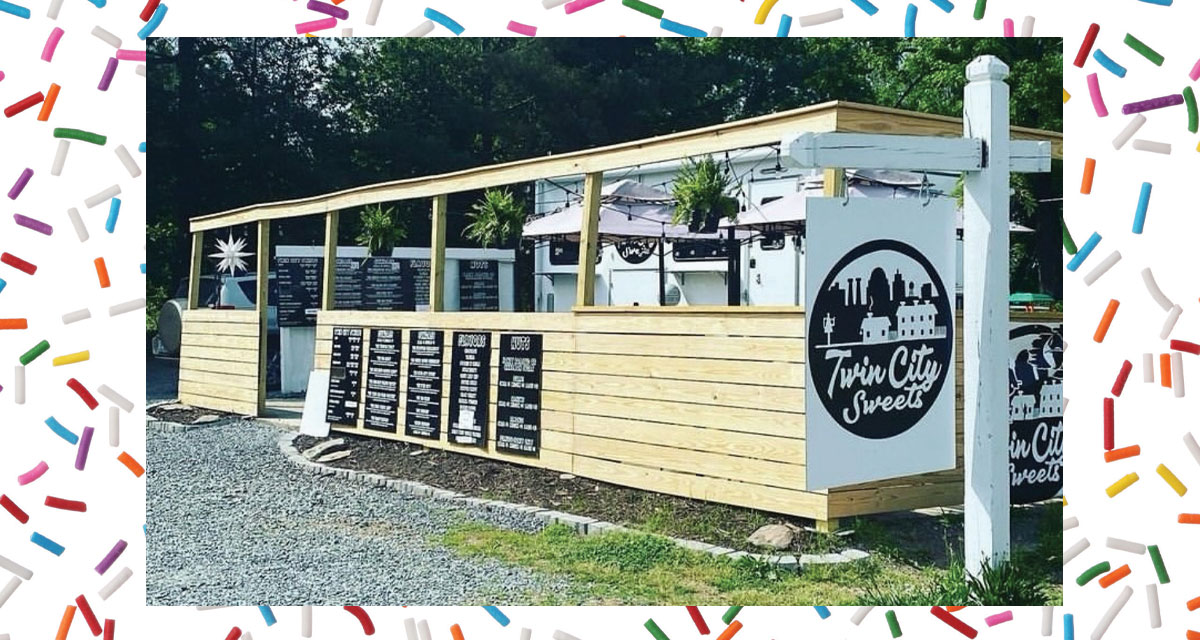’Tis the season of hustle and bustle, grabbing the car keys and zooming away to the next holiday festivity. It’s the perfect time to consider how to improve your fuel economy. While carpooling may not be a realistic expectation for everyone, there are other feasible ways to improve your gas efficiency and decrease the monthly fuel expense.
- Slow Down: Wind back your arrival timeline to every destination by 15 minutes, whether it’s work or picking up your child from school. Speeding and applying frequent pressure on the brake pedal is a waste of fuel; instead, begin the habit of accelerating moderately to the speed limit and maintaining a steady speed.
- Combine Errands: Rather than backtracking to the grocery store, start the habit of running all your weekly errands in one day. You’ll be saving more than fuel. Planning meals in advance will provide added savings and eliminate the question, “What’s for dinner tonight?”
- Morning Fill–Up: Saving ten dollars weekly can offer significant savings. With extra minutes to spare, capitalize on cold mornings and the dense state of fuel to fill up. As the day warms, petrol expands, and customers may not receive the actual volume of a gallon.
- Comparison Shop: Use your computer savvy by reaching out to local friends on social media to find a better price for gasoline or diesel. Internet-enabled mobile devices often provide the cheapest fuels within a given location. In addition, take advantage of gas station discounts, a reprieve for loyal customers from paying the full price!
- Add a Fuel Injector: The additive is a purpose-designed cleaning solution to loosen and dislodge carbon deposits from your fuel injectors. The result offers an ideal fuel-air mixture in your engine and significantly improves gas mileage.
- Use Cruise Control: Fourteen percent is an impressive number, especially in conditions when you can set the speed and allow a computer to take you to a destination!
- Carry the Minimal: Start cleaning out your trunk and removing the additional weight, including roof racks and storage accessories. Did you know that every 100 pounds in a large vehicle, such as an SUV, can reduce gas mileage by two percent? Total weight immediately correlates with an increased engine workload. Remember, every penny and pound matters!
- Read the Owner’s Manual: The proper operation of, and maintenance on, your car ensure efficiency. Check to see if you are using the recommended motor oil, weight limit, and size of tires. As you read, take notes!
- Check Tire Pressure: A tire can lose roughly two pounds per square inch (psi) each month. Underinflated tires reaching ten psi below a vehicle’s recommended level can reduce fuel economy by 3.3%; therefore, all four tires could amount to a substantial loss. If the computer does not flash an informational warning, consider buying a tire gauge!
- Check Tread: Misaligned tires result in a drag, impacting the tread, the tire, and even causing vibrations. Rather than experience the added cost of buying one new tire or a pair, ensure that you rotate your tires after two oil changes. Learn the “quarter trick” to assess whether your tread is worn or adequate.
- Replace the Engine’s Air Filter: Most vehicle air filters are a second thought. Remembering to change it after 30,000 or 40,000 miles (depending on the model) or the seventh oil change, presents a challenge. The power of suction is vital. When a filter reaches its capacity to strain particles of dust and debris, it’s essentially choking an engine’s airflow and causing it to work harder! Save up to 15% and replace it!
- Need New Spark Plugs? Do you keep a notebook of your car’s maintenance updates? It’s a great idea to know when air filters, tire rotations, and even part replacements are necessary. For instance, bad spark plugs will impact your mileage. If it drops severely, say by 30%, that may be due to a misfiring spark plug.
How often do you sail through city blocks, watching every light change to green without a need to brake? Did you know starting from a stop increases your miles per gallon average? So, begin slowing down at intersections showing a red light. Every trick makes a difference on your wallet!
Post Views: 1,253






















